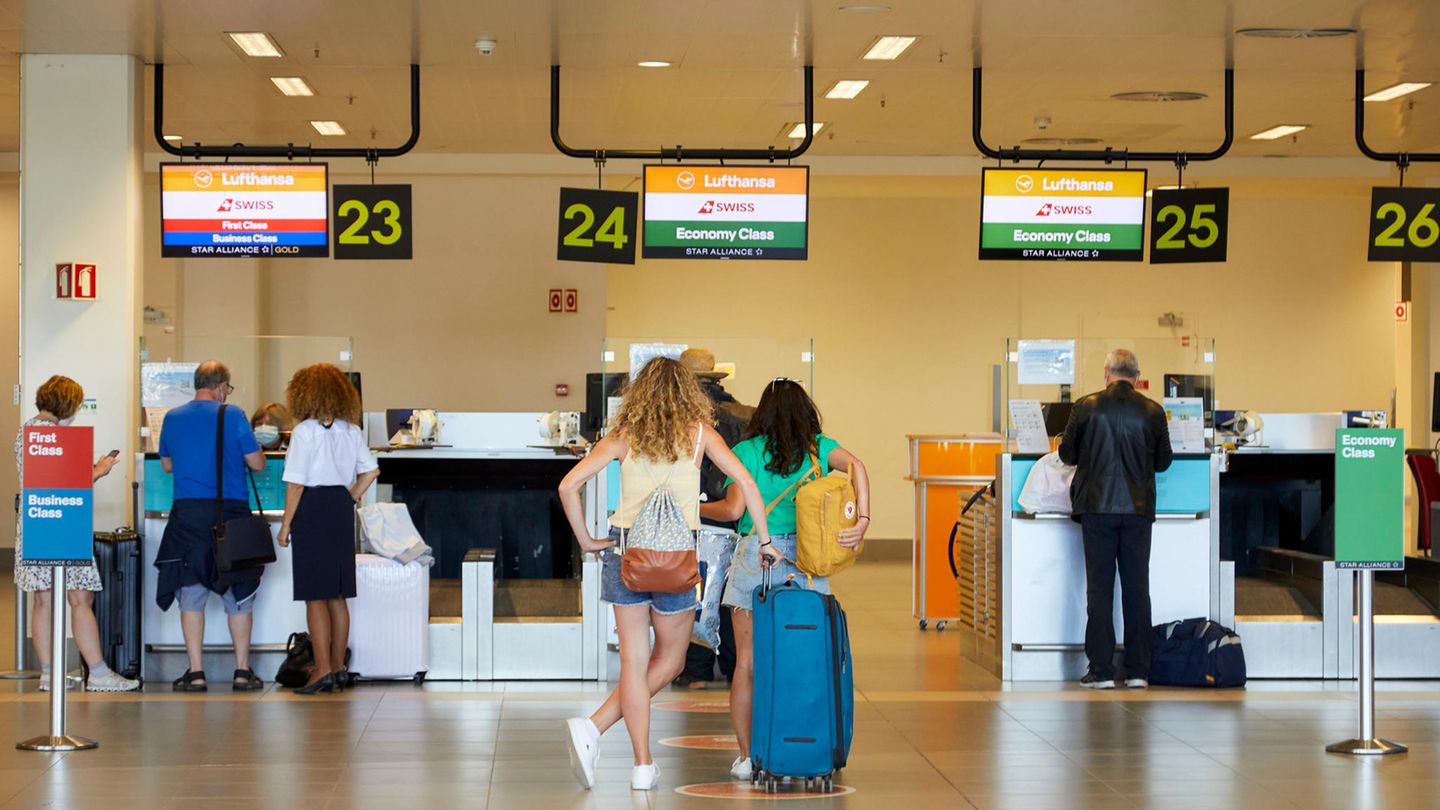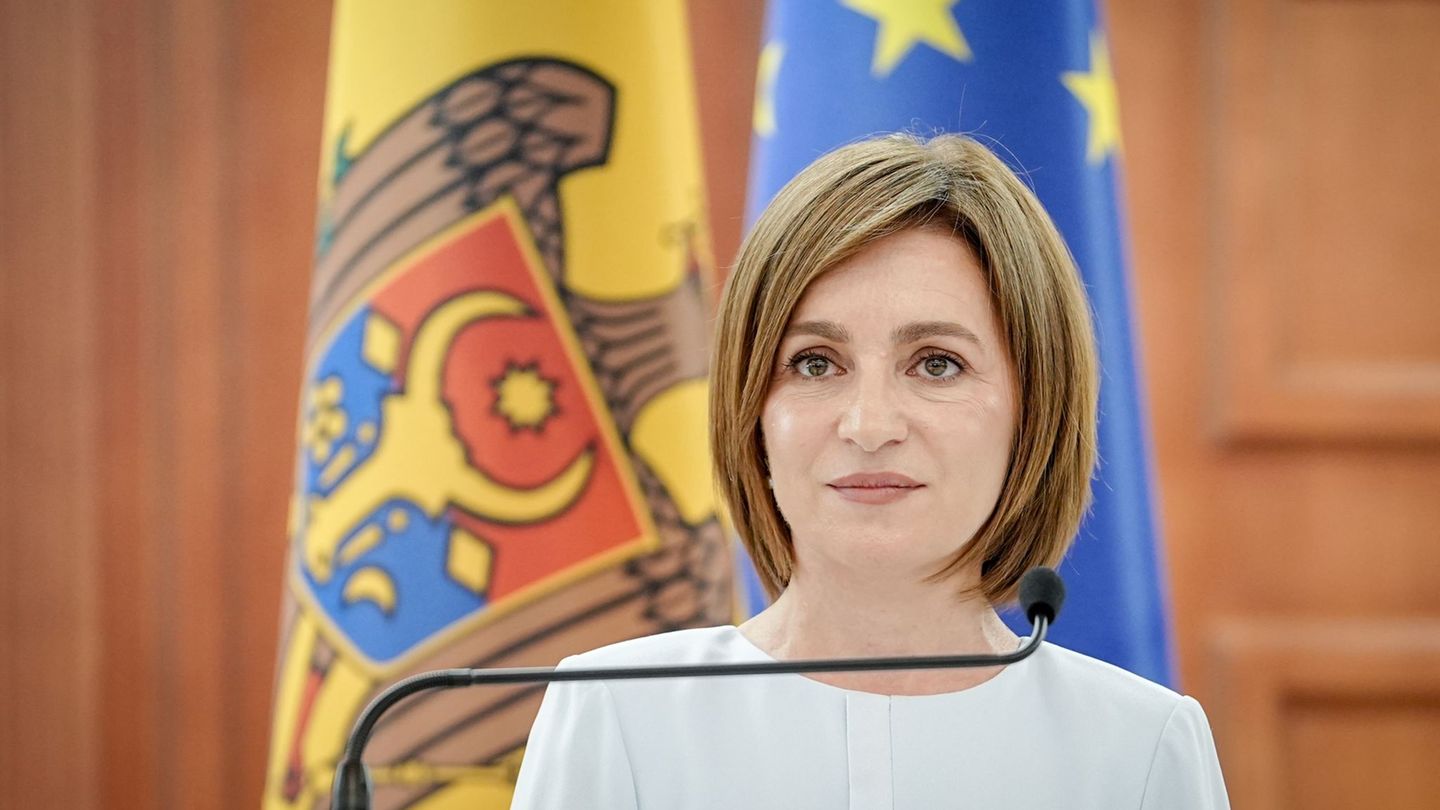Lufthansa activates its entire global route network despite the persistent risk of virus infection and travel restrictions.
Jenny from Zepelin
The Lufthansa management is ramping up flight operations to full capacity despite the persistent risk of virus infection and travel restrictions. “We have decided that we will be offering almost all flight destinations again by September in order to have a full range of offers for private and business travelers,” said Heiko Reitz, the Group’s top network planner, in an interview with the business magazine Capital (issue 08/2021; EVT July 15, 2021).
All destinations worldwide are to be offered again, but initially not with the same frequency, sometimes with several flights per day on one route. “We offer a network width instead of a network depth,” Reitz continued. The 41-year-old reports directly to the Executive Board headed by CEO Carsten Spohr. Reitz and his team of around 100 employees decide which connections are made by the Lufthansa, Swiss, Austrian, Brussels and Eurowings lines.
Last year, air traffic worldwide came to a standstill due to the corona pandemic. Lufthansa had to shut down traffic operations by 95 percent and shut down around 700 planes. Many of the 110,000 employees were put on short-time work, with losses increasing by 1 million euros per hour on the balance sheet. Only a billion dollar aid pledges and a participation of the federal government saved the group from bankruptcy.
Will business travelers be flying with Lufthansa again soon?
For a few weeks now, travel bookings have been picking up again, but are still well below the pre-crisis level of 2019. In addition to cargo flights, typical tourist destinations such as Mallorca, Italy and Greece are now in demand during the holiday season. Lufthansa has also included these routes in its program, although they are not part of its core business. The company earns money with business travelers on long-haul flights.
However, they are still missing. Most recently there was only one Lufthansa flight a week to Buenos Aires, before the crisis there were seven, sometimes nine in the group. Lufthansa and its sister brands can only fly to China six times a week instead of up to 70 times as before. It looks worst with the US connections: Lufthansa’s most important and most profitable market is still largely closed to broad passenger traffic.
The Lufthansa management wants to keep the focus on business travelers. Even if many experts assume that this clientele will continue to save time, effort and money on air travel in the future. The board of directors does not want to change the orientation of the group with the huge, cost-devouring machine from numerous airlines and large airport locations. “Our five hubs in Munich, Frankfurt, Zurich, Vienna and Brussels will be retained, as will the close-knit network of feeder flights from regional airports,” announced the network planner Reitz.
This route planning is one of the key strategic decisions that Lufthansa management currently has to make. Positioning in the market is risky, but classic competition such as Air France and British Airways are sorting themselves out for the new start and rivals such as Turkish Airlines, Qatar Airways or Singapore Airlines are already expanding vigorously, as is the low-cost operator Ryanair or the Hungarian WizzAir.
Lufthansa places new bond
In addition to the operational set-up, Lufthansa also has to repair the deep holes in the balance sheet. The group is officially preparing for a capital increase. At the general meeting, the shareholders agreed that up to 5 billion euros of fresh money could be collected in order to repay the state aid. Group boss Carsten Spohr had recently announced that he wanted to do this before the federal election in September if possible: “We were one of the first companies that was saved by the federal government, we also want to be one of the first companies to pay back the rescue funds” , said Spohr a few days ago. But so far there has been no decision on the capital increase: neither by the board of directors and the supervisory board, nor by the government, which would also have to approve via the Economic Stabilization Fund (WSF).
Instead, Lufthansa has now placed another bond in the amount of 1 billion on the market. It consists of two tranches that were subscribed to in denominations of 100,000 euros and bear interest at 2, 0 and 3.5 percent. Lufthansa had already placed a bond worth 1 billion euros with investors in February and thus repaid part of the state aid it received. At the end of March, the group stated that it had cash and cash equivalents of EUR 10.6 billion and at that time had used around EUR 2.5 billion of state financial aid.
This means that Lufthansa has once again successfully tapped the market, although the share listed in the MDax has recently reacted in a volatile manner, for example to news about the spread of the virus variant and the corresponding tightening and relaxation of travel restrictions.
Lufthansa emphasizes that it is still keeping a possible capital increase open. There is still no information about the scope and timing. Also not about whether the state would go along with it, whether and when the state will give up its 20 percent stake again and whether and when the heirs of the late entrepreneur Heinz Hermann Thiele will sell their remaining 4.52 percent stake as planned.
The article appeared for the first time.
Jane Stock is a technology author, who has written for 24 Hours World. She writes about the latest in technology news and trends, and is always on the lookout for new and innovative ways to improve his audience’s experience.




